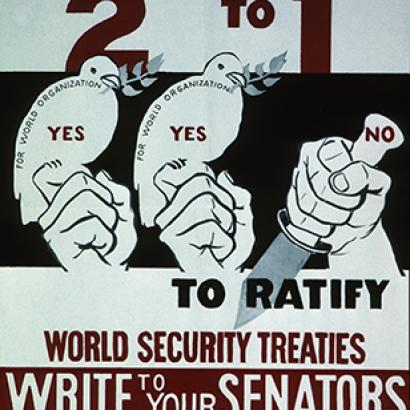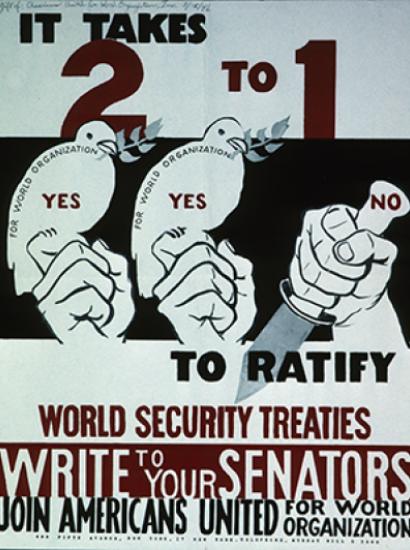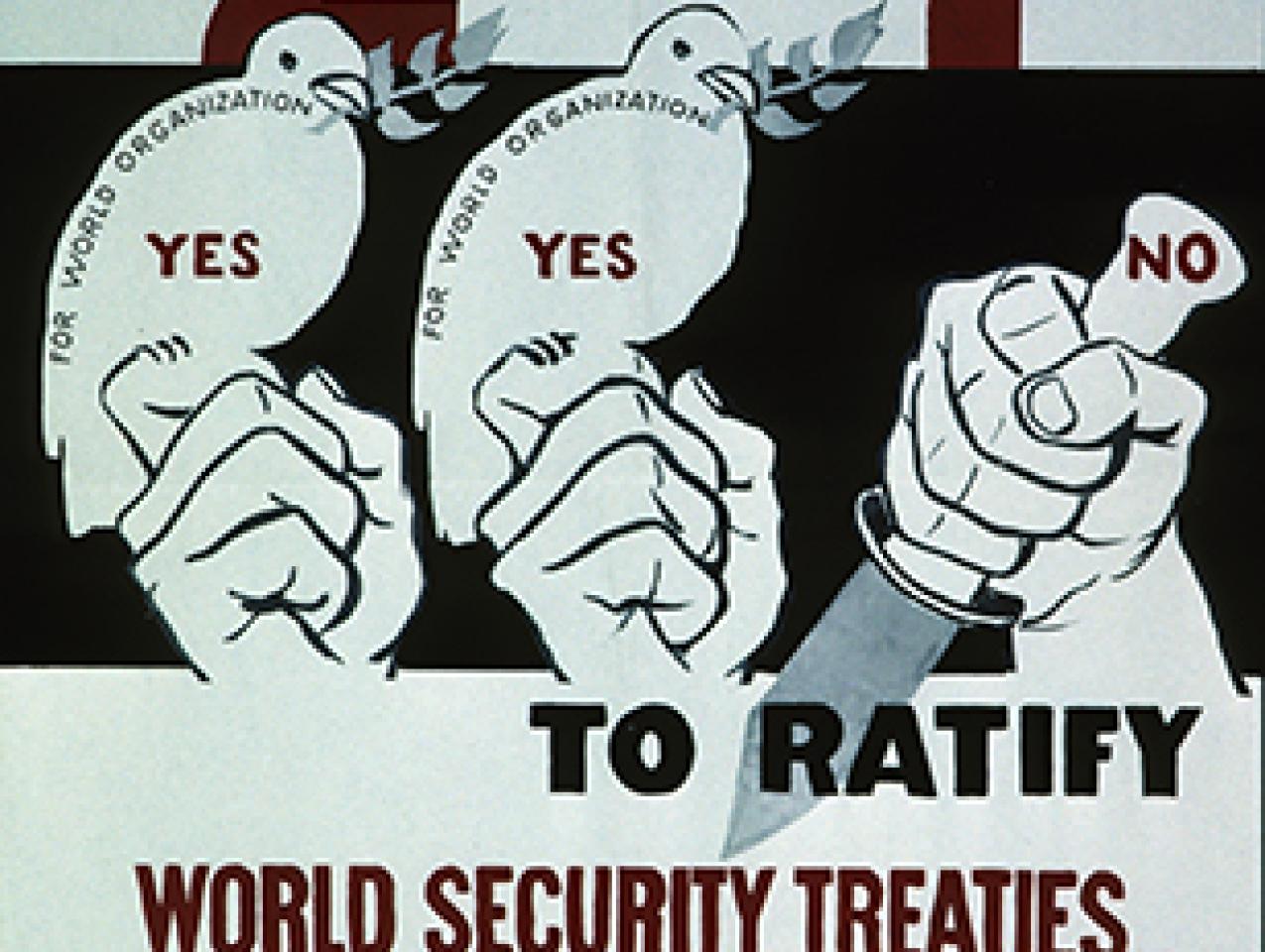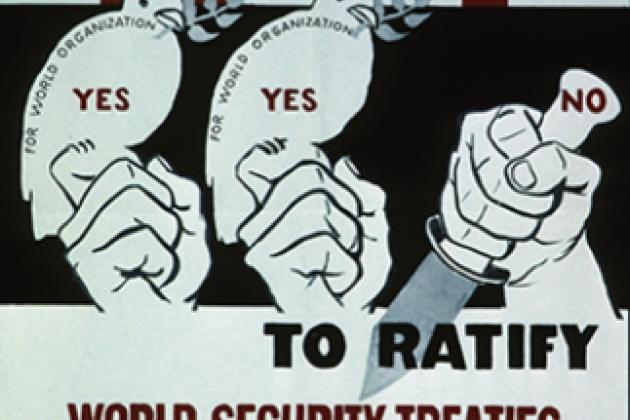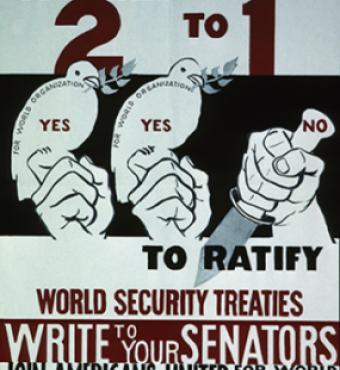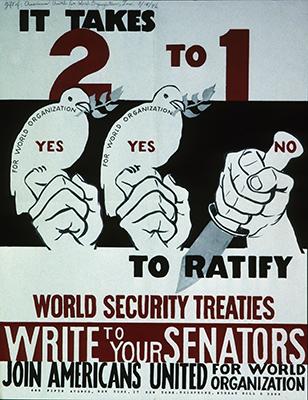- History
- Military
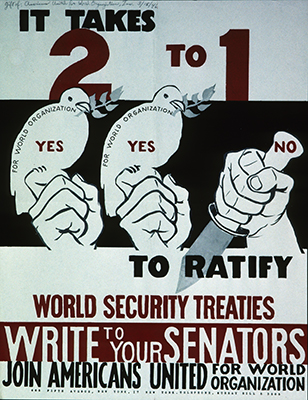
The announcement that the United States had signed a new security agreement with Greece in early October highlights the increasing use of bilateral “defense cooperation agreements,” or DCAs, during an era of multilateral security alliances covering large geographic regions and numerous countries.
Bilateral DCAs are pressed into service to achieve a range of purposes in an era where most of the news about defense and security matters is framed as political or budget activity related to one of the major formal military alliances that have prevailed since the Second World War.
But while countries rarely sign new alliances, which typically include pledges of mutual defense or nonaggression obligations, DCAs have proliferated steadily—and these agreements typically establish a formal framework for routine defense cooperation and defense policy coordination, as well as other matters such as research and development, joint military exercises, education and training, arms procurement, and exchange of classified information. The detailed steps of implementation are addressed through various technical agreements or protocols and implementing legislation by the signatories.
Despite the wide range of security activities governed by DCAs, there’s been scant academic research into the question of the format that has proliferated in recent years, or investigation of the theory and practical application of this method of organizing defense activities, which many countries clearly find to be an effective way to manage their security interests.
How popular have DCAs become? According to Brandon J. Kinne, an associate professor of political science at the University of California, Davis, independent countries signed 1,872 unique DCAs between 1980 and 2010. That’s the number of entries in the DCA Dataset, or DCAD, a research source that Kinne launched earlier this year.
The DCAD was introduced about a year after Kinne’s report in the journal International Organization, “Defense Cooperation Agreements and the Emergence of a Global Security Network.” Adoption of DCAs spiked after 1990, from fewer than 10 per year from 1980 to 1990, to between 40 and 65 annually from about 1992 to 2010. In 2015 alone, Kinne reports, nearly a hundred DCAs were signed between countries as diverse as Indonesia and Turkey, South Africa and Liberia, and Argentina and Russia.
Kinne contends that DCAs have become the go-to method of managing defense needs for countries that are facing an increasingly complex security environment, allowing them to modernize their militaries and improve their defense capabilities, improve coordinated responses to common security threats, and align themselves with communities of like-minded collaborators. Another cause of the proliferation is “network effects,” the same phenomenon that spurs the expansion of social media communities and adoption of pretty much anything that can be called “digital.” Because DCAs involve sensitive issues, signing them requires countries to develop and articulate an appropriate level of trust that counterparties will not seek to exploit the cooperative arrangement for unilateral gain. As countries sign DCAs, they create information about the trustworthiness of various partners, and add to the store of knowledge about effective design of frameworks and protocols and drafting of agreements. In short, the use of DCAs engenders more use of DCAs.
The agreement that U.S. Secretary of State Mike Pompeo signed with his Greek counterpart, Foreign Minister Nikos Dendias, in Athens on October 5 of this year was a hybrid that falls somewhere on the security spectrum between basic DCAs and formal alliances. The document the diplomats signed was the Protocol of Amendment to the Mutual Defense Cooperation Agreement (MDCA), which dates from 1990. The new protocol puts U.S.–Greek defense cooperation on a firmer footing by including a provision that keeps the MDCA in force until either side formally requests termination. Previously, the arrangement had to be renewed annually.
That increased level of certainty to the commitment is expected to facilitate U.S. investment in military capabilities at the port of Alexandroupolis, near Greece’s northeastern border with Turkey, and permit the U.S. Air Force and Navy more active use of the military airbase and port at Souda Bay on the island of Crete. The new protocol also allows for increased use of the Greek airfield at Larissa as a base for U.S. MQ-9 Reaper drones, as well as allowing for the transfer of technology to the Greek military and sharing of intelligence gathered by the drones.
The new U.S.–Greek protocol comes 56 years after the countries concluded a bilateral facilities agreement. The broad scope of the new arrangement, based upon an underlying mutual commitment, might point the way towards a new generation of defense cooperation agreements aimed at addressing strategic situations through collaboration between longstanding partners.







